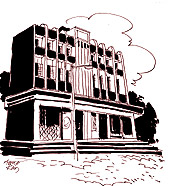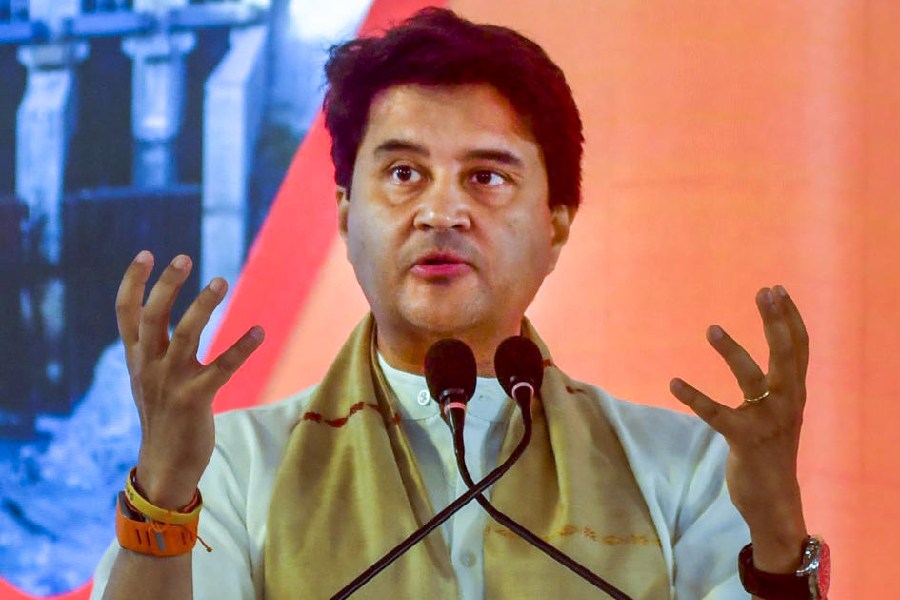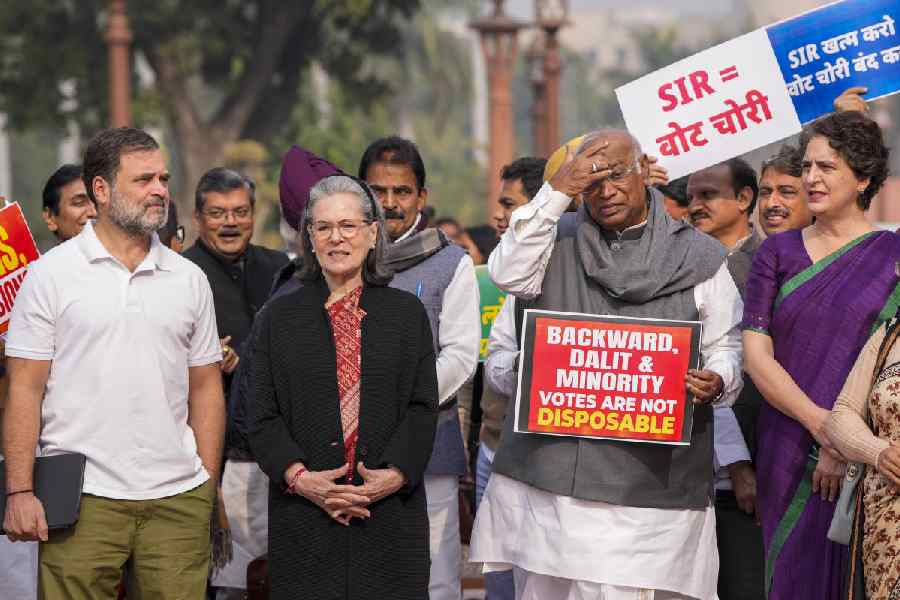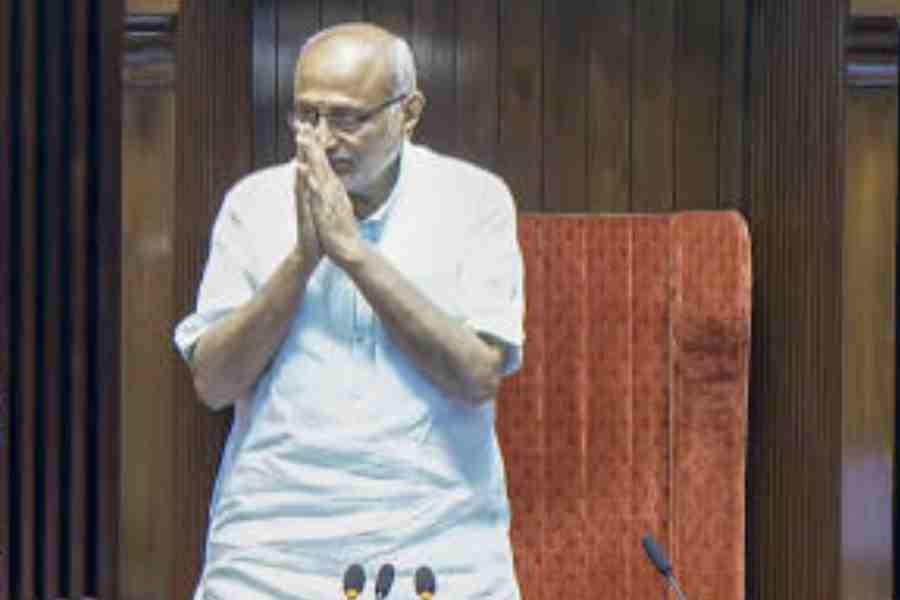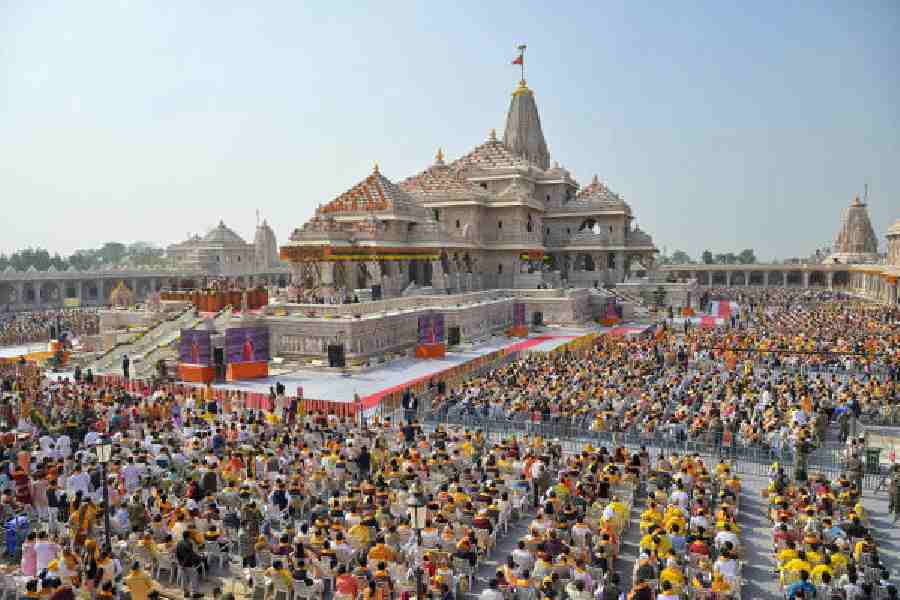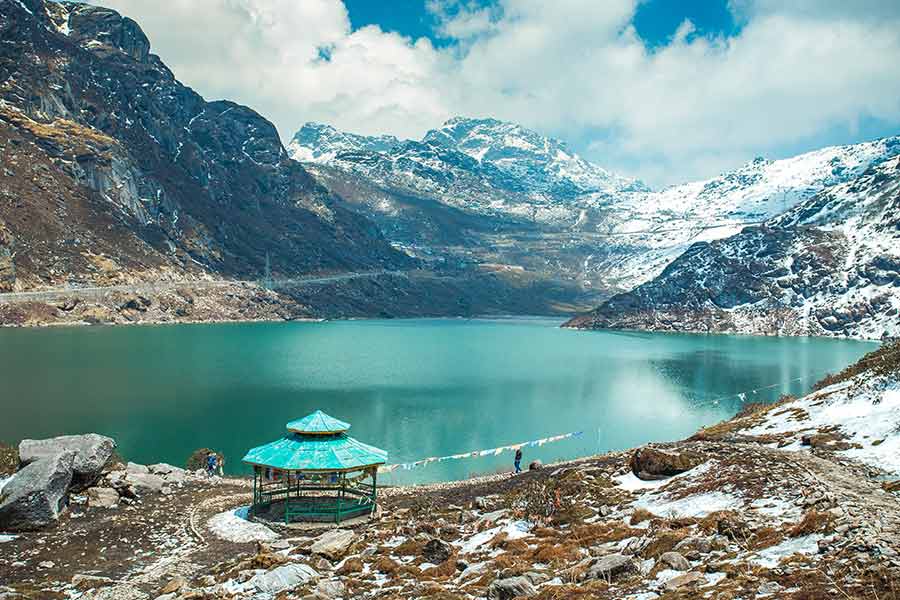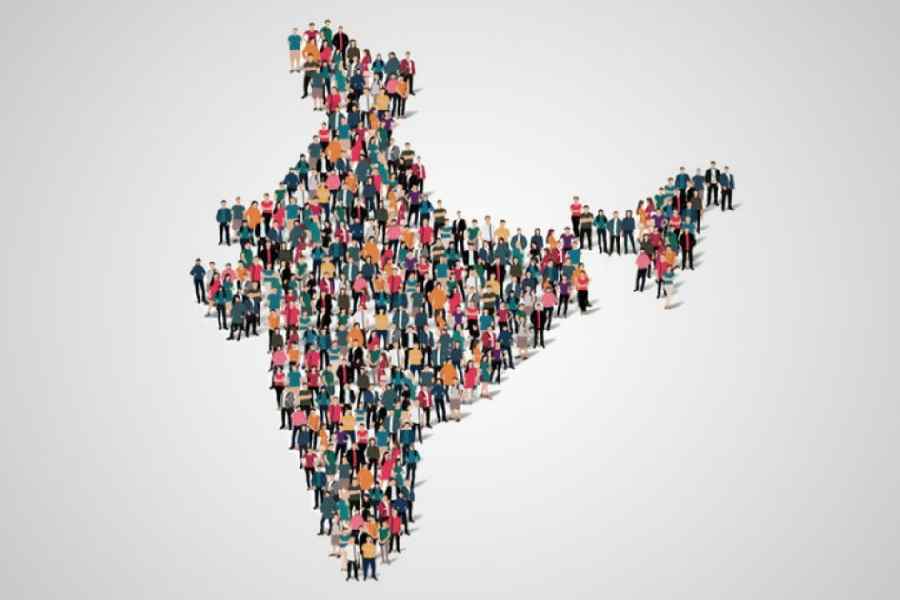 |
The denizens of Guwahati are well-acquainted with the name of Maharana Club, an institution with nearly a century-old legacy behind it.
The twentieth century was at its dawn. Despite opening of Cotton College and a number of schools in Guwahati, the guardians of this small town were still quite conservative.
While sending their wards to the school or college was a matter of pride for many, to encourage their wards for sports and other cultural activities was rare. If any student showed any inclination towards the field or the stage, most guardians felt that the student was inching towards getting spoiled. The success of a student was judged normally by his or her academic achievements.
In April 1907, about 10 boys of Guwahati, led by Jogesh Ch. Sengupta, Pabitra Gupta and Uttam Chandra Das, formed a club named Oriental Club — possibly the first organised club of the natives exclusively meant for promotion of sports in Guwahati. “The formation of the club was historic because sports activities in the province of Assam were limited and disjointed at that point of time. And for the first time in Guwahati, this club succeeded to have the blessing of some of the senior citizens of the town.”
Unfortunately, within two months the club got divided. A breakaway group led by Kartabya Gupta, Nripen Sen and Shyama Gupta formed another club in June 1907 with a peculiar name — Lago Shyama Club. However, some of its well-wishers were not happy with the name and sought a change.
“Eureka. Got it, got it, got it,” Nripen Sen, the club secretary came practically dancing and running to the field where the players were practising one morning. What did he get that made him so jubilant? The name. While studying history that morning, Sen was going through the chapter on Maharana Pratap, whose life inspired him. Incidentally, Maharana Pratap was also the talk of the town that week as a drama. Maharana Pratap was being staged at Arya Natya Mandir for two days by a local theatrical party. “Maharana” appealed to the young mind and the senior citizens as well. Lago Shyama became Maharana Club from that day.
Maharana’s first “public appearance” was in October 1907. It is interesting to note that though soon Maharana Club was destined to have a mark in the game of football, the club had its debut in a hockey match. Barefooted and equipped with bamboo sticks, a group of players, including Satya Banerjee, Deben Sen, Prabir Das, Gobar Dutta, Kiron Dutta, Canquo and Nripen Sen, played hockey.
Though it had a humble beginning, this club made important contributions towards the sporting activities of the entire northeastern India. It has some distinguished records in football. Maharana became the first team from Assam to participate in a major tournament outside the province when it joined the Govindalal shield competition at Rangpur in 1932. In 1937, it reached the final of the famous Narayanpur shield competition at Dinajpur. In games, the first gold medal came to Assam in this very tournament when Maharana’s Sarat Das was adjudged the best player of the tournament and received the medal. In 1947, the club won the IFC Shield at Lucknow. In 1952, Maharana became the proud winner of the All-India Kamal Kumari Trophy at Benaras. It lifted Bordoloi Trophy for the first time in 1953.
Those were the golden days for Maharana. It was during this time that dedicated sports organisers like Animesh Ganguly got closely involved with the club to take it to greater heights. Ganguly nursed the club throughout his life with fatherly care and his efforts did not go in vain. In 1939, Maharana became the first civilian club from the Northeast to join the IFA Shield — the Blue Rib band of Indian football. In its first-ever appearance in IFA Shield, the club left an indelible mark. Though they were defeated by a solitary last-moment goal by the formidable Calcutta police team, they played extremely well. Next day, The Statesman commented, “It seemed the police players left their boots at Lalbazar police station. Calcutta will always welcome Maharana.” The Bengal government declared a half holiday when Maharana Club fought against Mohammedan Sporting at Calcutta in the IFA League in 1940. The club played in the national-level IFA Shield for 19 years and in 1949, they reached the semi-finals.
Maharana Club’s participation in the IFA Shield tournament also led to the formation of the Assam Football Association. That is an interesting story. According to the 1945-46 IFA regulations, it was made mandatory for all teams joining the IFA tournament to channelise their applications through the respective provincial football associations. Maharana Club’s first application that year for joining the IFA was rejected as it was not processed through the proper channel. That came as a bolt from the blue. Assam did not have any such association till then. Animesh Ganguly accepted the challenge and decided to form the Assam Football Association overnight. Within a day, Fakhruddin Ali Ahmed’s consent was taken to be its president and B. Roy Chowdhury its secretary. Overnight AFA’s letterhead was printed and Maharana’s application for joining the 1946 IFA league was forwarded on the letterhead of the AFA. Thus the AFA was born and Maharana Club joined the league.
Maharana Club produced some of the best jewels of Assam football. T. Ao, a discovery of Animesh Ganguly for Maharana Club’s football team, became the skipper of the Indian Olympic Football Squad to London in 1948. Sarat Das of Maharana later became the captain of the Mohun Bagan Club (Calcutta). Monaranjan Banerjee was among the 20 Indian players who were selected for the Indian Olympic Team (1948). The club’s Jiten Chowdhury led the Assam contingent in the national championship for three consecutive years from 1947. Toshen Bora of this club participated in the pre-Olympic game in Rangoon in 1971 as a member of the Indian football team. When the Assam state football team was formed, Maharana Club’s Putu Chowdhury became its first captain.
Many other committed players who brought laurels to Assam were associated with Maharana Club. They included Hemanta Guha, Binoy Baul, Prabhat Hazarika, Sushil Das, Haridas Chakravarty, Bharat Chowdhury, Kironmoy Lahiri, Abani Hazarika, Kun Kun Chowdhury, Handu Ganguly, Ashwini Rajbangshi, Nip Barua, Narayan Das, Binod Basu, Kamakhya Sen, Moni Ganguly, Babul Phukan, Govinda Kalita, Raghunandan Rai, Umesh Das, Amu Mukherjee, Saukat Ali, Bhabesh Roy, Pilik Chowdhury — the list is unending.
Sports organisers like Gauri Sankar Himatsinghka, Ganesh Sen, Anna Ram Baruah, Ashutosh Sengupta, Sashi Sarma, Murali Chowdhury and Debabrata Banerjee were closely associated with Maharana and left distinguished marks on different arenas of sports. Though the club functioned from three different houses at Panbazar for a long time, in 1970s, the club purchased a famous old building named Mukherjee Lodge in Danish Road, Panbazar, where it is housed at present. This building, built in 1900, belonged to Panchu Gopal Mukherjee, the first Indian deputy commissioner of Assam. Maharana Club, still shinning in the reflected glory of yesteryears, carries with it many nostalgic memories of sports history of the entire northeastern region.
Dipankar Banerjee

